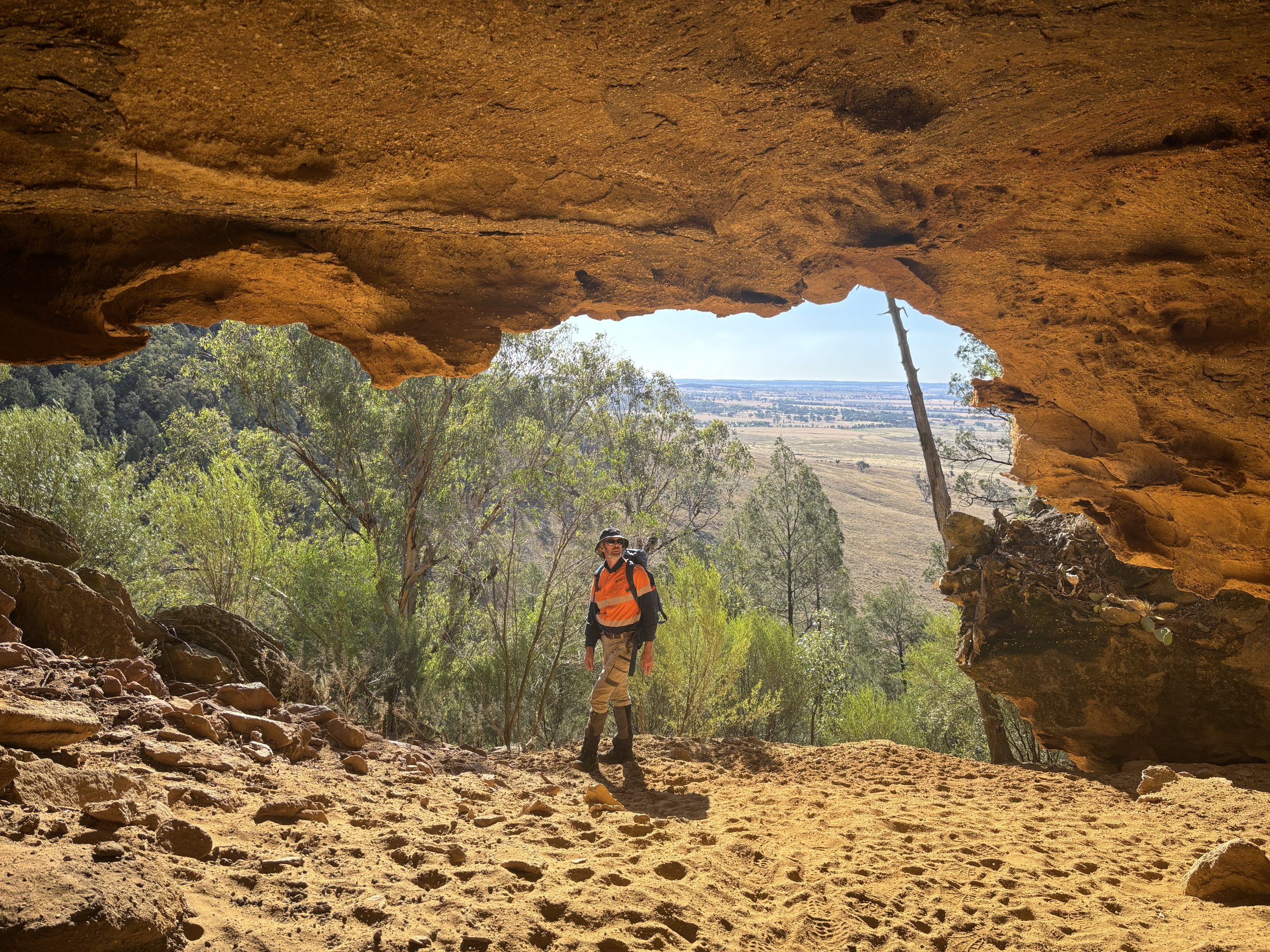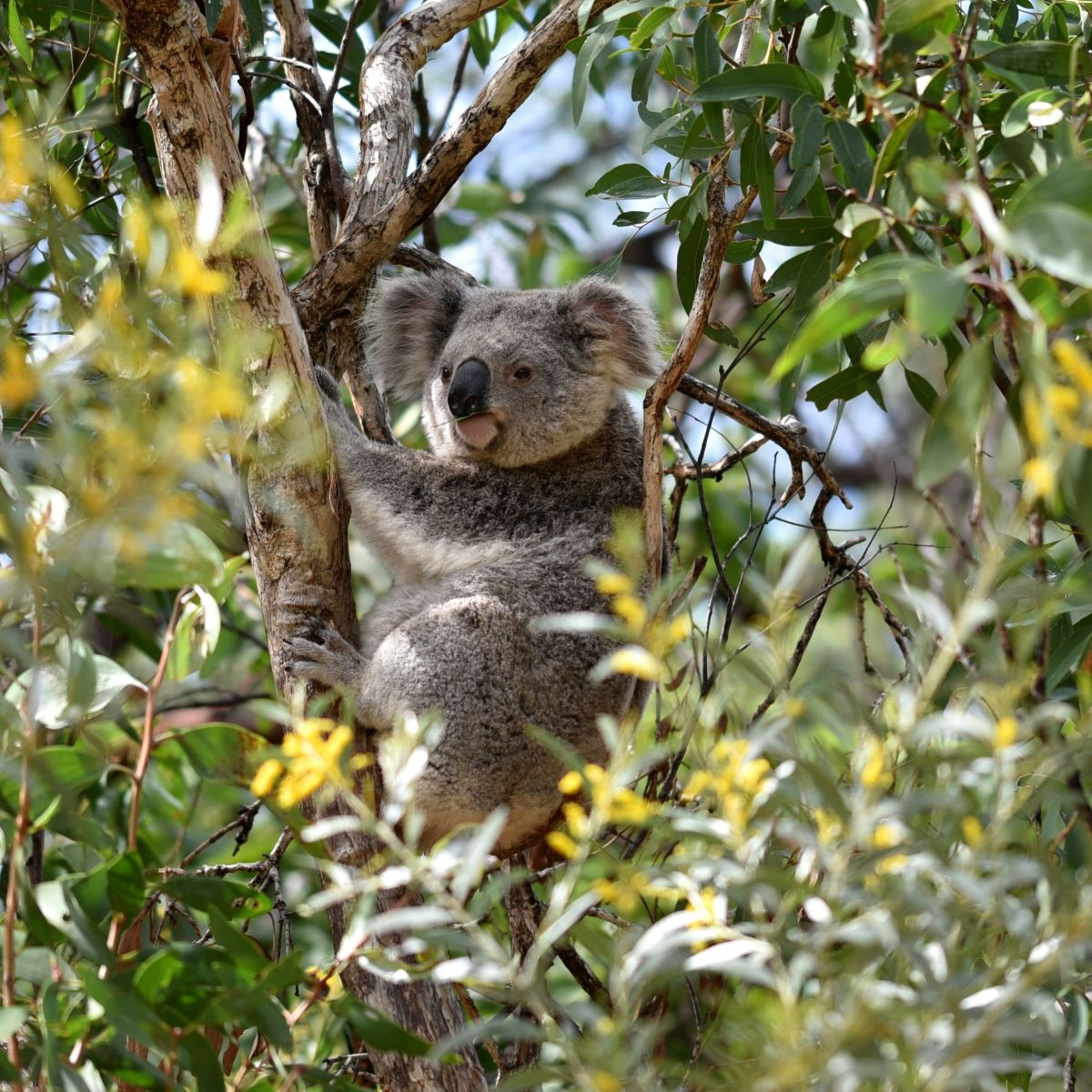What plant is that?
Author: Thea Kane, Senior Consultant – Ecology
February 7, 2025
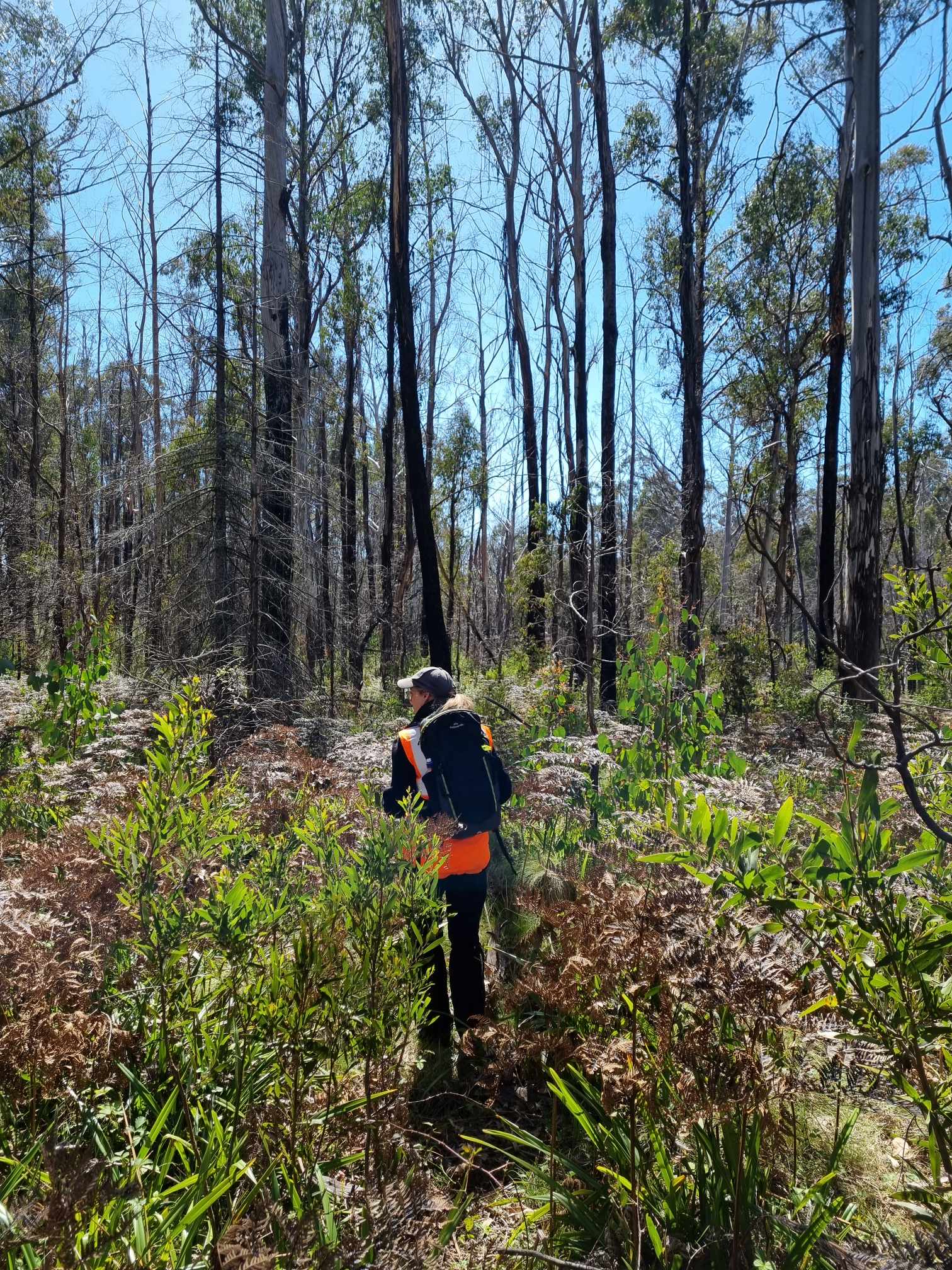
News & Insights
Why and how threatened plant species are identified during biodiversity assessments
On any given day, Niche’s experienced ecologists will be out and about conducting field surveys for clients. Identifying threatened plant species is a major part of that work for both our Ecology and Natural Capital teams.
What does plant identification involve and what are the steps to making an identification? Thea Kane, Senior Consultant – Ecology at Niche, explains.
What does plant identification involve ?
Accurately identifying plants is an essential part of an ecologist’s role. It plays a crucial role in effectively mapping native vegetation and is a fundamental aspect of environmental research.
A primary task during a botanical field survey is to locate plants classified as ‘threatened’ under both state and Commonwealth legislation. To maximise the efficiency and accuracy of this process, conducting thorough desktop research before the survey is essential. Desktop analysis helps narrow down the list of threatened species that might be present by considering factors such as geographic location, previous records of sightings, and specific habitat requirements. This step allows ecologists to focus their efforts on areas where the likelihood of encountering these species is higher, ensuring the survey is both targeted and comprehensive.
Sometimes we are lucky enough to come across a plant species of special interest because it might not be known in that location, or because it is a unique hybrid. Other times, it’s just as important to not find threatened species in a particular location—keep reading for more on this.
Some identifications are straight forward, such as Banksias and Tea Trees, which can usually be identified by using flora guides for a specific region. Sometimes we need to inspect the form and structure of a species more closely to make a positive identification. Our scientific licenses allow us to take a sample to examine under the microscope. Then we can use a botanical key to identify the species.
Often the difference between a common and threatened species will come down to subtle differences in colour or growth pattern, or minute variation in shape or texture —so it’s important that this type of work is undertaken by experienced professionals.
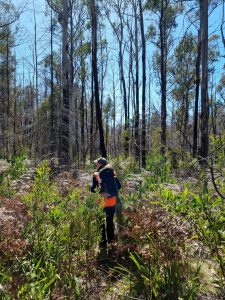
Thea hard at work on a field survey
Getting it right for clients and the environment
Making a definitive identification of a threatened species is essential for our clients. Our findings could mean their project designs need to change to avoid or minimise harm . If the impact to threatened species cannot be avoided or minimised, clients may then need to offset that particular plant species.Our work can also determine whether a site is a potentially valuable biodiversity offset site. For example, under the NSW Biodiversity Offset Scheme (BOS), landholders can earn and sell biodiversity credits for conserving threatened plant species detected on their property.
This work is also important more broadly for understanding the natural environment and conserving threatened species.
All flora and fauna survey records are submitted to the state government as part of ecologists’ licence requirements, so every identification contributes to the public database of flora and fauna records. Accurate records and locations of species contribute to documenting a species’ range and habitat requirements. These findings also contribute to environmental and conservation policies, and to restoration and recovery projects.
The journey to successful plant identification
During recent targeted surveys on the central tablelands of NSW, our ecologists identified some specimens that appeared to be a match for the NSW threatened species—Swainsona sericea. One of the defining characteristics of this species is the way that the tiny hairs are fixed to the stem, a detail that is especially difficult to see, even with a microscope.
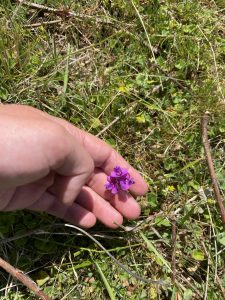
The plant specimen collected by our ecologists
To ensure that our identification of this species was correct, we carefully collected and pressed samples before submitting them to the NSW Herbarium for analysis. The Herbarium’s collection includes around 1.4 million different specimens – some dating back hundreds of years. Now that the collection has been digitised, it is an even richer resource for comparison and confirmation purposes.
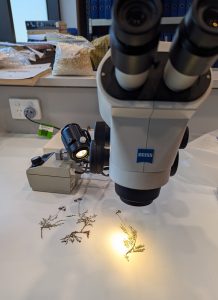
The specimen under the microscope at the Herbarium
Upon careful review of the specimens collected, the outcome was that the species was not in fact Swainsona sericea, but instead Swainsona behriana, a non-threatened species.
By confirming the identity of this species, we were able to determine that our client would not need to account for this particular plant in their biodiversity assessment.
Working with fascinating flora
Being able to identify Australia’s precious threatened plants is one of the parts of my role that motivates and inspires me the most. From the challenge of finding and collecting plants out in the field, to the satisfaction of identifying and documenting the details into a report for our clients, it’s a varied and rewarding job!
Australia currently has thousands of threatened flora species, from vulnerable to critically endangered, so ecologists like my team here at Niche are doing important work.


